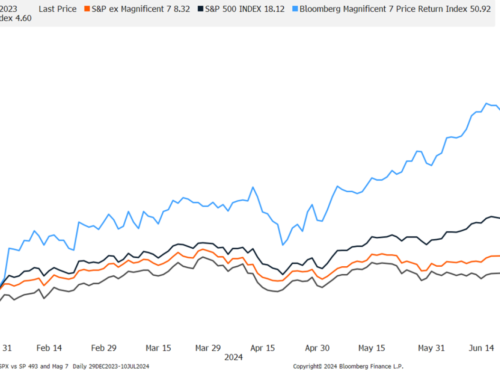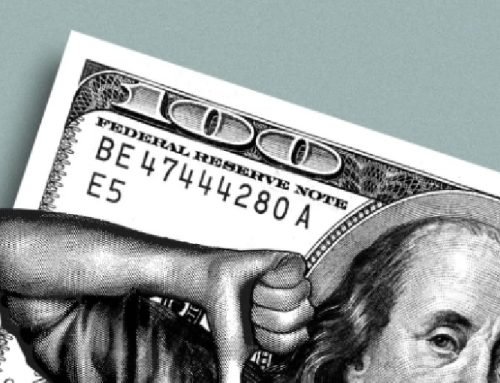Shouldn’t it be rising with all this bond buying?
Consumer inflation just hit a 50-year low. So indicates the Federal Reserve’s preferred inflation gauge – the Personal Consumption Expenditures (PCE) price index maintained by the Bureau of Economic Analysis.1
Besides tracking consumer inflation, the PCE price index measures household purchases, a major factor in GDP growth. The core PCE index does the same thing without including volatile food and energy prices. The broad PCE index hit 0.74% in May, with core PCE at 1.05% – a new all-time low, breaking the 1.06% measured in March 1963.1,2
Why isn’t QE3 (Quantitative Easing) generating more inflation? The Fed is still “printing money” to the tune of $85 billion a month, but the headline PCE index has fallen since last year (it approached 2.0% in early 2012). The Consumer Price Index only advanced 1.1% between May 2012 and May 2013, and that was the smallest annualized gain in the CPI since November 2010; the core CPI only rose 1.7% in that period.1,3,4 The Consumer Price Index (CPI) is a measure of the average change over time in the prices paid by urban consumers for a market basket of consumer goods and services.
What is keeping inflation in check? Chalk it up to extraordinary circumstances – and the perception that they will continue. Short-term interest rates are near zero and the Fed has told the world that our benchmark interest rate will be at current levels until our jobless rate dips below 6.5% or inflation tops 2.5%.4
QE1 and QE2 did boost inflation in the short-term; in fact, one of the things that prompted QE2 was the Fed’s concern about deflation in 2010. Yet inflation has lessened since QE3 started.4
Three factors may be encouraging disinflation. One, the Fed has repeatedly emphasized that QE3 will not stoke inflation; it has not implied, hinted or communicated that it will let inflation get out of hand or exceed its present 2.0% target. Two, economists, analysts and investors seem to have widespread faith that the Fed can capably fight sudden spikes in the PCE index or the CPI and keep things under control. Three, total government spending (as a percentage of potential nominal gross domestic product) fell about 3% from Q2 2010 to Q1 2013 – and that’s not even taking sequestration into account. That implies reduced demand in the economy.4
Psychologically, there is little or no fear of runaway inflation and the prevalent expectation is that there will be low inflation for some time. This psychology may be influencing the current disinflation as well.
Also, while the Fed creates money and purchases bonds from banks via its ongoing stimulus, the bulk of that money has turned into bank reserves. Lenders are conservatively sitting on these reserves as they pay interest. Should the Fed boost the interest it pays on them, it will give these banks more reason to maintain them.4
When might inflation expectations change? If the Fed were to raise its inflation target, they would change greatly. No one sees that happening anytime soon.
Will the Fed taper sooner, or later? With such mild inflation, it might be later. On June 10, Federal Reserve Bank of St. Louis President James Bullard argued for sustaining an “aggressive” stimulus given the “surprisingly low inflation readings” of recent months, markedly below the central bank’s target.5
“Inflation in the U.S. has surprised to the downside,” Bullard commented at the International Economic Forum of the Americas in Montreal, later adding that “it hasn’t moved back at all. I am still waiting for that to happen and I am getting a little bit nervous.”5
As former Richmond Fed economist Ward McCarthy noted to Bloomberg, “This is an inopportune time to be talking about curtailing [QE3]. They are missing on the inflation mandate.”5
Quantitative Easing is a government monetary policy occasionally used to increase the money supply by buying government securities or other securities from the market. Quantitative easing increases the money supply by flooding financial institutions with capital in an effort to promote increased lending and liquidity.
Gross Domestic Product (GDP) is the monetary value of all the finished goods and services produced within a country’s borders in a specific time period, though GDP is usually calculated on an annual basis. It includes all of private and public consumption government outlays, investments and exports less imports that occur within a defined territory.



